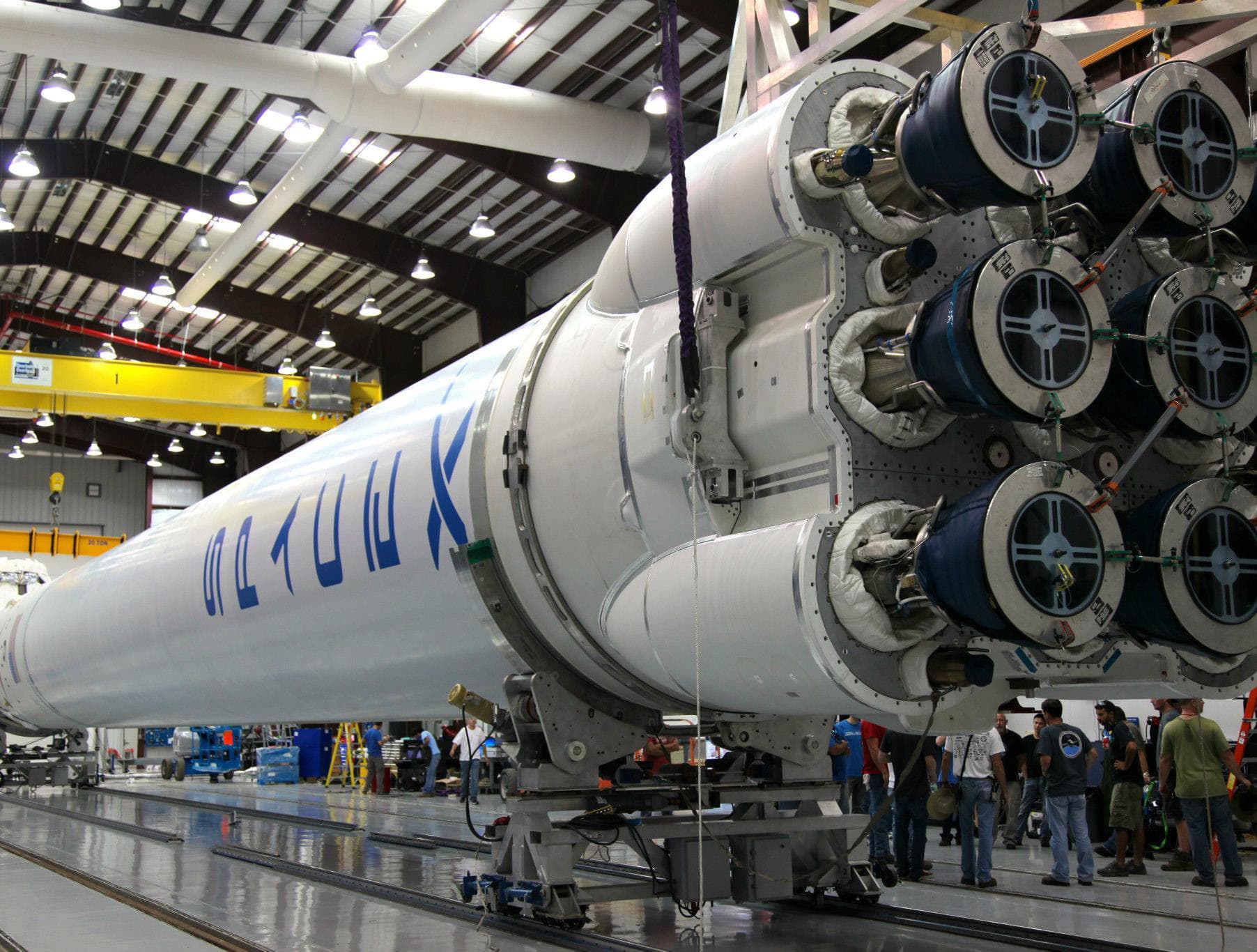Latest SpaceX Rocket sustained ‘Max’ Damage

On May 6th, 2016 SpaceX found itself watching one of it’s Falcon 9 rockets successfully deploy a Japanese satellite more than 22,000 miles above the equator. On its way down at about a half-a-mile off the ground, the Falcon 9 ignited 3 of its boosters to cut its speed more than 300 mph in 3 seconds.
The first stage of the Falcon 9 rocket successfully landed on a barge in the pacific ocean, completing a 75 mile high speed drop.
The successful landing showed that SpaceX is capable of recovering it’s first stages from extremely high altitudes and intact. But the rockets high speed return took a toll.
CEO Elon Musk tweeted that the rocket stage may not be in shape to launch again, but will help the company assess boosters recovered in future flights.
Most recent rocket took max damage, due to v high entry velocity. Will be our life leader for ground tests to confirm others are good.
— Elon Musk (@elonmusk) May 15, 2016
SpaceX on Saturday moved the 14-story Falcon 9 booster to a hangar at Kennedy Space Center’s pad 39A, where it joined two other landed stages.
“Three’s company,” said Musk.
Three’s company pic.twitter.com/nRfFmTpzZw
— Elon Musk (@elonmusk) May 15, 2016
Those first two recovered stages were flown to low orbits that offered less harsh landing conditions. The one launched May 6 delivered the JCSAT-14, to a much higher altitude then the previous missions, requiring a higher speed.
The booster was traveling more than 5,200 mph when it separated from the rocket’s upper stage, compared to about 4,000 mph during the previous mission to a lower orbit, and SpaceX said it experienced five times as much heating during its re-entry through the atmosphere.
With the booster coming in at a considerably higher speed then the previous missions ever have, the company had warned that a successful landing was unlikely. Despite these comments, the Falcon 9 landed within six feet of its target.
SpaceX now has to see whether heat shielding and perhaps other systems can be tweaked and hardened so the rocket can be launched again with minimal reconditioning. Quick and easy turnarounds are the key to making reusable rockets a game-changer that dramatically lowers launch costs, SpaceX has repeatedly said.
SpaceX hopes to re-fly its first rocket, the one it launched in April, later this year.
The company’s next mission, planned for May 26th will look much like the last one: They will attempt to launch the Thaicom 8 communications satellite from Cape Canaveral and attempt another first stage landing at sea.
Two more launches could follow in June, of another communications satellite and of International Space Station cargo.
